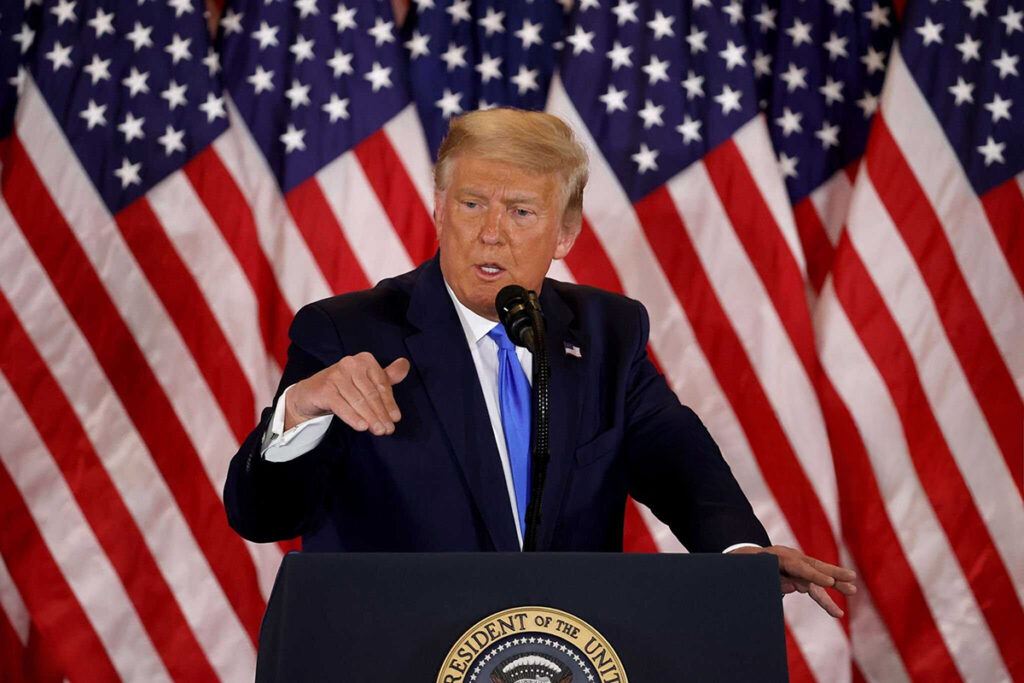U.S. President Donald Trump’s Middle East envoy, Steve Witkoff, is set to play a critical role in overseeing the ceasefire between Israel and Hamas. Witkoff confirmed that he will be part of an international inspection team deployed in Gaza, ensuring compliance with the agreement and maintaining security in key locations.
The ceasefire, which was brokered with mediation from the United States, Qatar, and Egypt, took effect on January 19, just one day before Trump’s official return to office. The multi-phase agreement aims to de-escalate tensions in the region, with the first phase spanning six weeks. During this period, Israel is required to withdraw troops from central Gaza, while allowing displaced Palestinians to return to the northern part of the territory. In exchange, Hamas will release some hostages, while Palestinian prisoners held in Israeli custody will also be freed.
As part of his role, Witkoff will inspect two key corridors in Gaza: Netzarim and Philadelphi. The Netzarim corridor, an east-west strip cleared by Israel during the war, currently restricts Palestinian movement between northern and southern Gaza. The Philadelphi corridor, a narrow border zone between Gaza and Egypt, remains a focal point for security concerns. The inspection team will be responsible for monitoring these areas, ensuring that individuals crossing are not carrying weapons or posing security threats.
Witkoff is expected to be a frequent presence in Israel throughout the ceasefire process, particularly as the agreement moves into its second phase. The next stage of the deal is anticipated to include the full withdrawal of Israeli forces and the release of all remaining hostages. His involvement underscores the U.S. administration’s commitment to closely monitoring the ceasefire’s implementation.
Despite the diplomatic efforts, Trump has expressed skepticism regarding the agreement’s long-term viability. He has described Gaza as a devastated war zone following months of intense Israeli airstrikes and military operations. His administration, however, remains focused on ensuring the ceasefire holds and that both parties adhere to the terms.
Beyond the ceasefire, the Trump administration is looking to use the momentum from the agreement to further expand the Abraham Accords, a series of normalization deals between Israel and Arab nations established during Trump’s first term. These agreements previously facilitated diplomatic relations between Israel and nations like the United Arab Emirates.
Qatar, which was instrumental in mediating the ceasefire, has been identified as a potential candidate for joining the accords. The country’s leadership, particularly Prime Minister Sheikh Mohammed, was instrumental in facilitating communication with Hamas during negotiations. Given its involvement in the latest diplomatic efforts, Qatar may be positioned to further strengthen its relations with both the U.S. and Israel in the coming months.
As the situation in Gaza continues to evolve, the success of the ceasefire remains uncertain. The presence of U.S. officials in the region marks a strategic effort to ensure stability, but the long-term outcome will depend on both Israeli and Palestinian compliance with the terms of the agreement. The following weeks will be essential in evaluating whether this ceasefire opens the door to broader regional diplomacy or if tensions flare up again.


